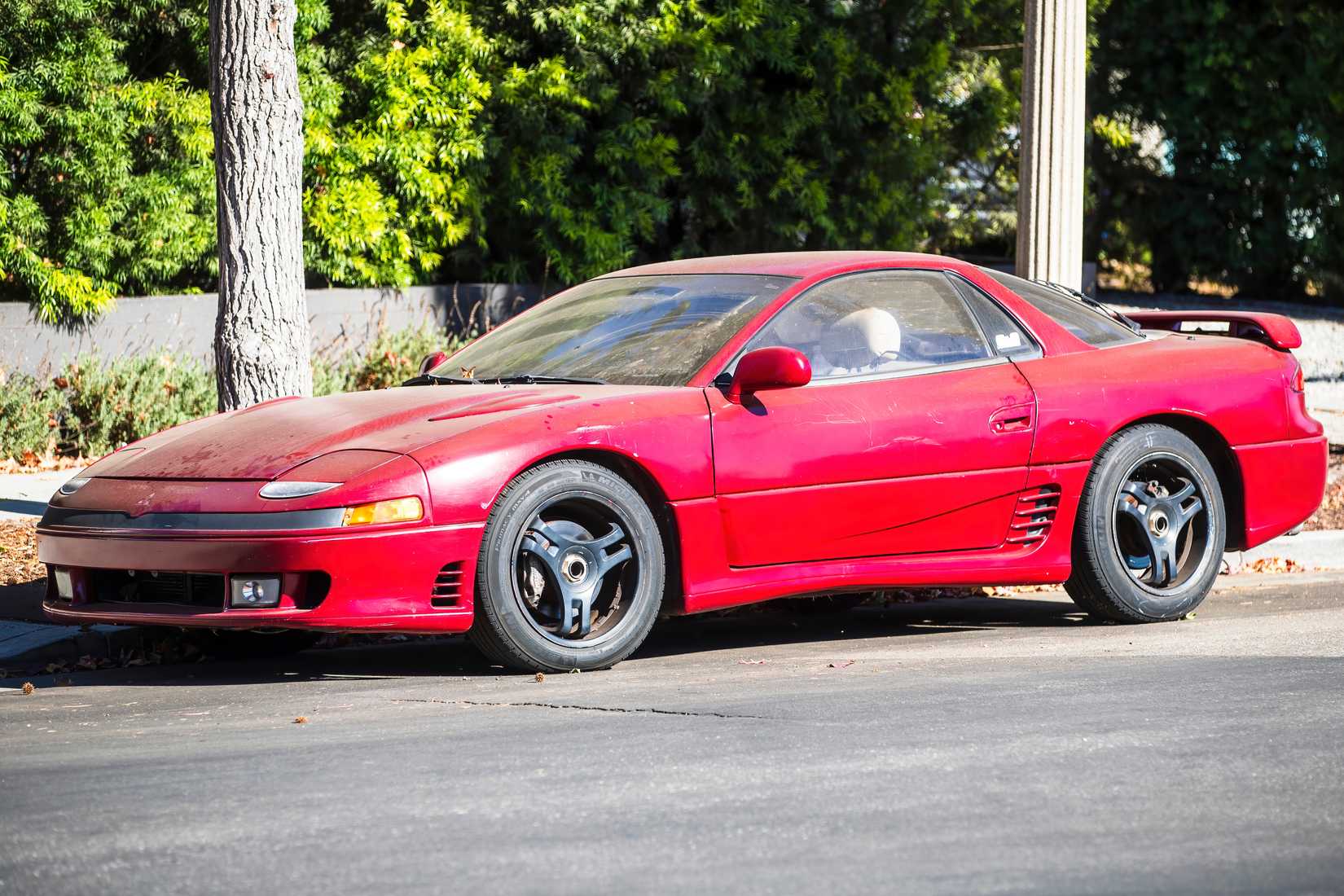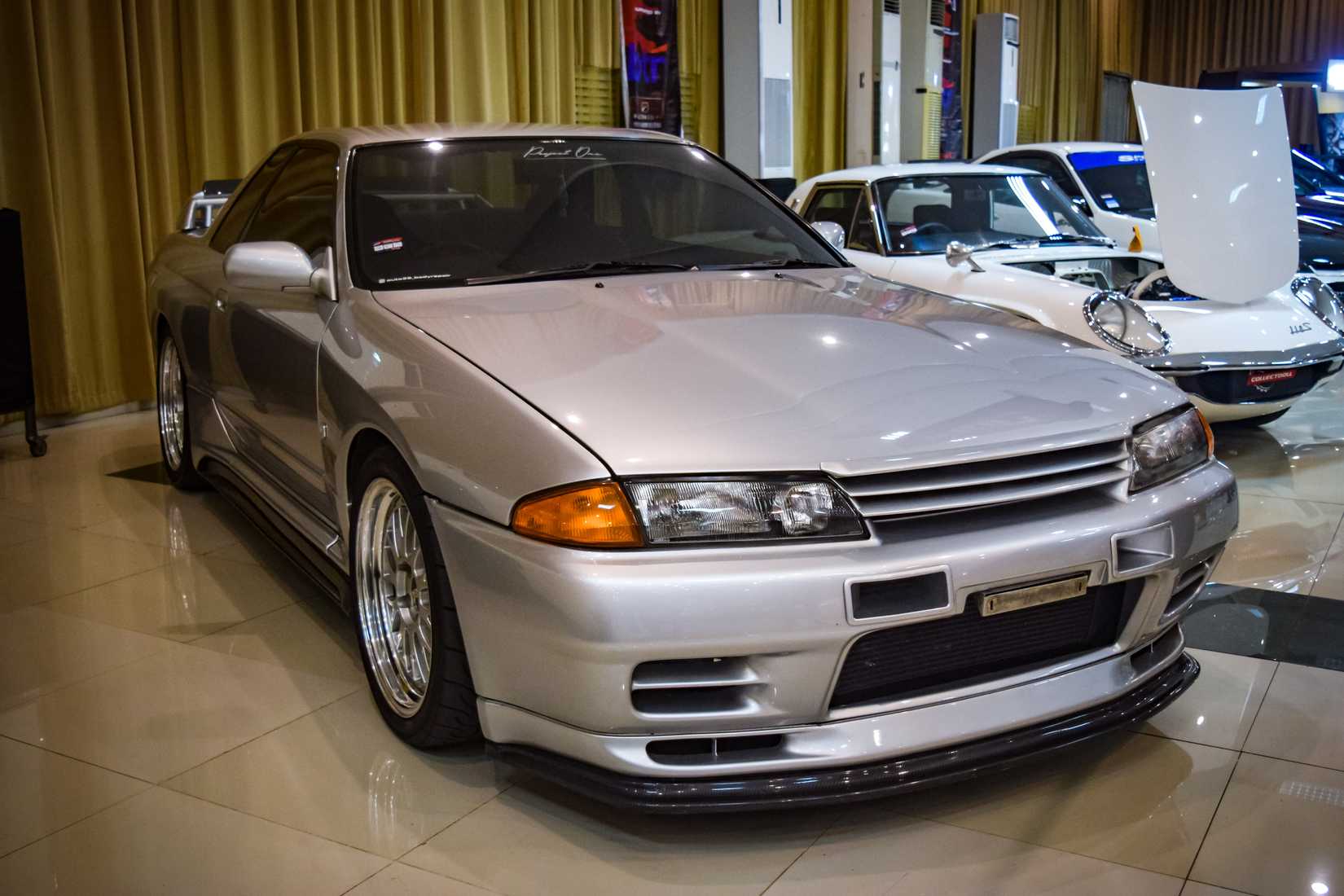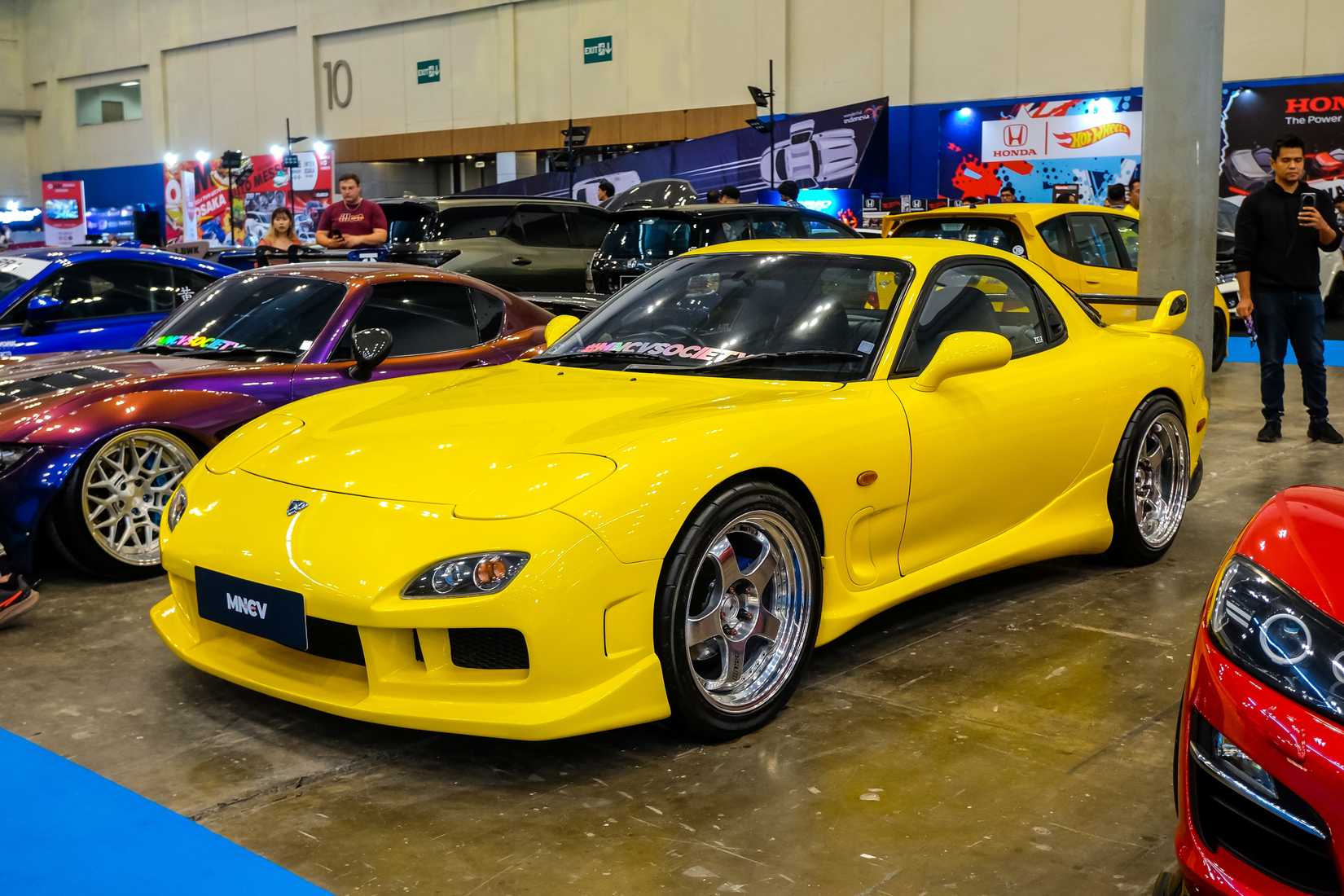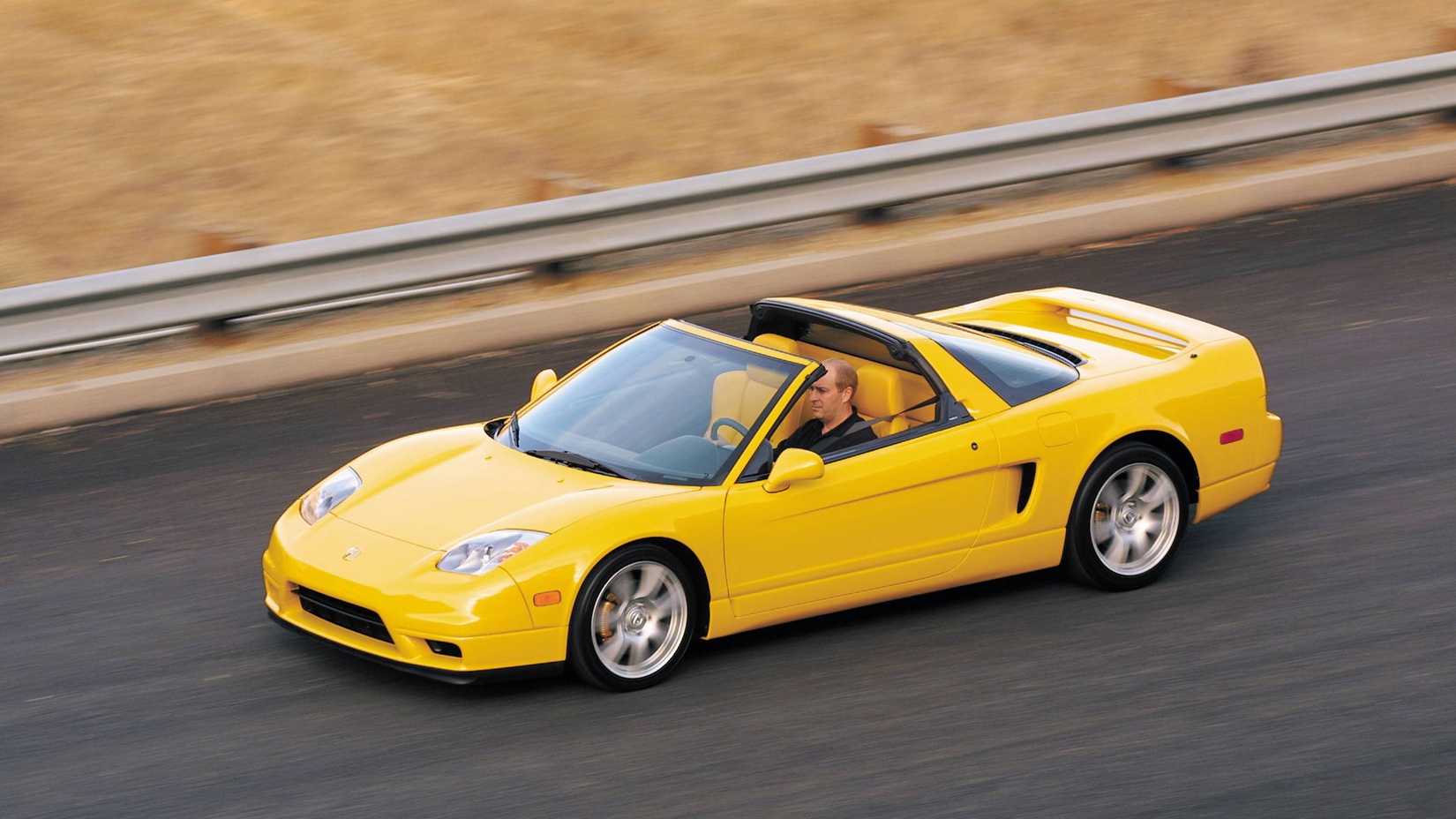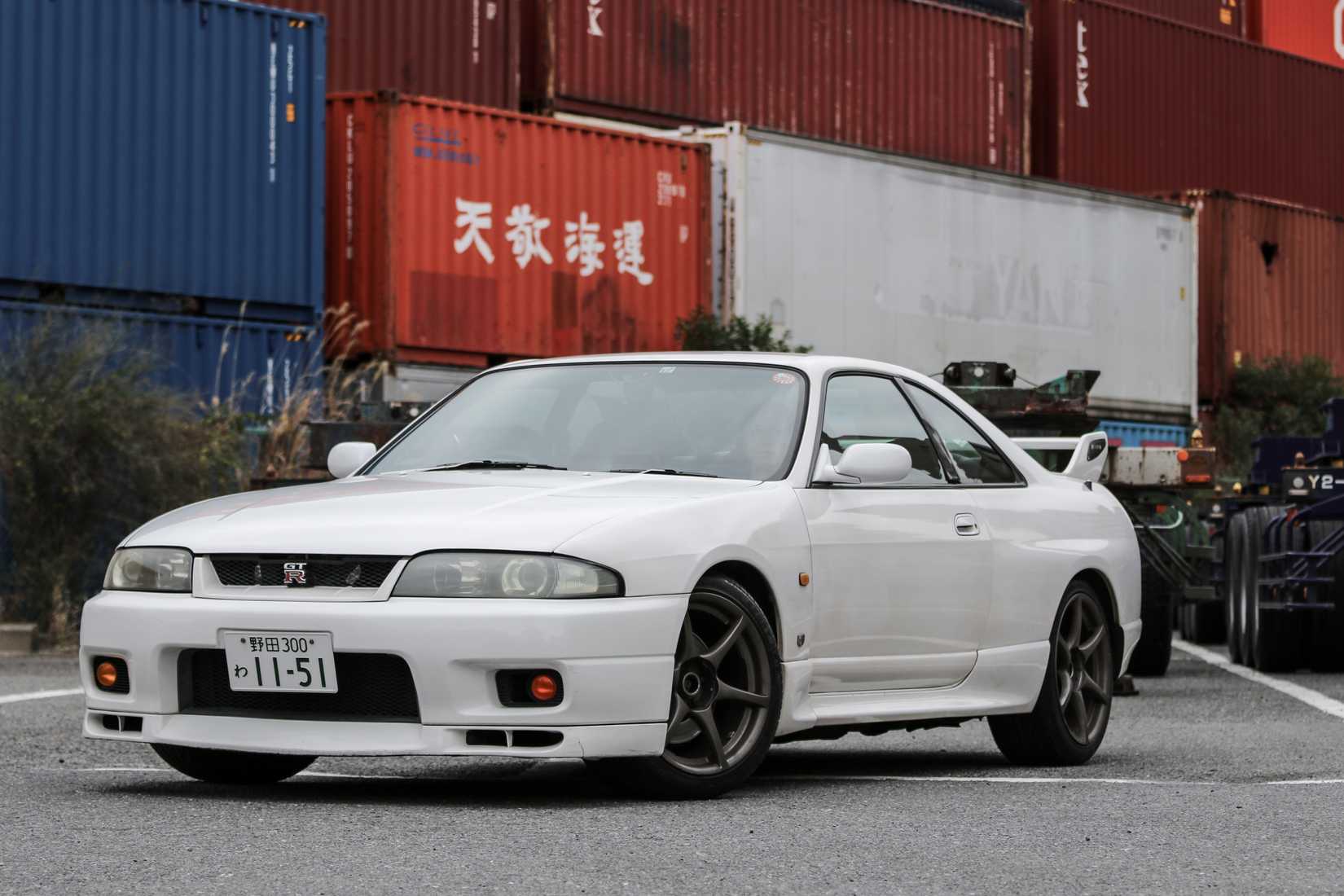Before you say anything, yes, I know the AE86 cars are ’80s models, but I like seeing that design next to the NSX.
If you asked me when the best era was for German cars when it comes to design and aesthetic, I’d have to say the ’80s with BMW, Audi, and Mercedes knocking it out of the park. Especially the iconic BMW E30, of which I personally owned a very nice 318i in high school.
Japan? It’s all about the ’90s baby! At least it is for me, but perhaps that’s because I only started caring about cars in the 90s and tuner culture was prominent where I grew up. Still, I think I can make a pretty decent list of reasons to consider ’90s Japanese cars the best-looking works of art on four wheels ever.
The Golden Ratio of the Road
One of my old university professors used to say that cars came in two varieties: boxy and curvy. They make one type till everyone is used to them, and then they flip it, and it feels fresh and modern again.
But Japanese cars from the 1990s don’t neatly fall into either category. Overall, they tend to have strong, angular lines, but then curve in just the right places. Somehow, the shapes penned by designers during that time managed to be sleek without being sterile. There’s a character to those lines that I don’t think anyone has really captured before or since.
We started seeing some of this in the 1980s, but for my taste that era of Japanese cars leaned too much on the angular, boxy side of things. It’s understandable, because what was possible to do with bodywork going from the ’80s to the ’90s in mass production was very different.
Function Dictated Form (and It Showed)
Pop-up headlights, wide stances, and low beltlines are all hallmarks of this era, but the point of these design choices wasn’t to look cool. That’s backwards. We think they look cool because the cars were extraordinary. These choices were mainly made for functional reasons, but taken together it forms a unique aesthetic.
One thing I doubt you’d find on a factory car in Japan back then was fake exhaust tips, which is a modern pet peeve of mine. Contrast that to the Mitsubishi 3000GT VR-4 or the second-gen Toyota MR2. Every line and vent is there because it needs to be.
Analog Souls, Digital Dreams
For cars, the ’90s was a special time because digital technology had matured enough that it could be combined with mechanical, analog systems to make something special. Goodbye to carbs, and hello to fuel injection, engine telemetry, and ECUs. The interiors of cars in this era in particular are gorgeous, though I would put them on equal footing with the best of the ’80s, personally. Though the Nissan Skyline GT-R R32’s interior and those numerous gauges are perhaps the best example.
Character Through Diversity
I love that the most iconic cars of this era have such distinct identities. There’s no mistaking the RX-7 for a muscular Supra, at any distance. The Skyline is almost the Rosetta Stone for ’90s Japanese car design, but still looks like its own thing.
Built by Artists, Not Committees
While the cars were starting to computerize more during the ’90s, this might have been the last generation to be designed on paper first, and then wrangled into something that made engineering sense. The NSX was a pretty notable car in that regard, since it was initially designed the traditional way, but then famously tuned and tweaked using a supercomputer.
Perfection in Imperfection
It took a while for Japanese cars to gain brand trust in the West, with common complaints about oil leaks or a lack of comfort, but by the 90s this was no longer true. Yet for all their mechanical reliability and performance, these cars still rattled and squeaked. At least when it comes to the mainstream models meant for everyone.
Rattling timing chains, creaky bodies, this is just part of the charm. Something that modern care makers are hell-bent on engineering out of every vehicle. I still remember how alive my uncle’s Nissan Sabre 200 GXi felt to ride in.
For my North American readers, I’m not able to find whether the Nissan Sabre 200 GXi was released in the US or Canada. It seems it might only have made it to Europe and to South Africa. At least under that name.
They Aged Like Icons, Not Artifacts
To be honest, while I was living through the 90s as a child, I never thought of the cars I saw everywhere as being particularly timeless or anything. However, looking at those same cars (many of which are still on the road where I live) with my modern eyes, it’s clear there was something to them.
That car design cycle that my professor liked to harp on about might even bring at least some of that back to modern vehicles. The Nissan Z cars have kept some of the design language alive, as have the Honda Civics. The Corolla FX hatchback is even marketed on that retro nostalgia. Even if the magic never happens again though, we’ll always have the memories.

